Intro to Rose Wine | Types Benefits Taste & Best Pairings
Unique Characteristics of Brut Dry and Sweet Rosé Wine Through Their Taste Profiles and Complementary Food Pairings
Casa Loce’s Opinion on The Taste Profiles and Complementary Food Parings for Brut, Dry, and Sweet Rosé Wine
We have always been struck by how different Brut Dry and Sweet Rosé wines can be, yet both have their own perfect moments depending on the food. Brut Dry Rosé has that crisp, refreshing quality with just the right touch of acidity, making it ideal for light dishes like seafood or a fresh salad. On the flip side, Sweet Rosé offers a smooth, fruity flavor that pairs beautifully with desserts or spicy dishes, balancing out those rich or bold flavors. What you will love most is how Casa Locé nails these distinct profiles. Our Brut Dry Rosé is everyone’s favorite. You’ll want something light and refreshing, while the Sweet Rosé adds a nice fruity note that complements so many meals. Whether you’re into dry or sweet, matching the right wine to the food can really elevate the whole experience!
Key Takeaways
- Brut and Dry Rosé delivers a crisp, invigorating taste, merging red fruits, citrus, plus floral hints. Mediterranean along with Asian dishes enhance its unique taste. High acidity with berry nuances in this wine augments flavors in dishes like poultry, fish, seafood, and even vegetarian fare.
- Sweet Rosé wine consists of a taste between sugar, and acidity, offering luscious fruity aromas such as strawberry, raspberry, and cherry. This wine pairs amazingly with either fruity or creamy desserts. Spicy dishes, particularly from Asian or Mexican cuisine, find a refreshing partner in Sweet Rosé, thanks to its higher residual sugar content.
- Culinary versatility is showcased in both Brut, Dry, and Sweet Rosé wines. Savory dishes get elevated with Brut and Dry, while Sweet Rosé successfully complements dessert and main courses alike.
Understanding Brut Dry Rosé Characteristics
Brut and Dry Rosé wines possess unique characteristics that distinguish them from other wines. Produced traditionally, it undergoes secondary fermentation in-bottle, leading to its characteristic bubbles.
Acidity contributes to their distinct profile, originating from early-harvested grapes with high acid content. This early grape harvesting results in a crisp, refreshing taste.
Pale pink in hue, they get their color from red grape skins used during production. The intensity of this color depends on how long juice remains in contact with grape skins.
Their alcohol content typically falls between 11% to 13%. Combined with high acidity and dryness, this makes for a versatile wine suitable for pairing with numerous foods.
Taste Profile of Brut and Dry Rosé
Their flavor profiles marry complexity with subtlety, achieving an equilibrium between fruitiness and crispness. They offer an invigorating taste, with a diverse range of scent shades and texture shifts contributing to its overall charm.
Their key features include:
- Scent shades: They enchant with a delightful fusion of red fruits, citrus, and floral tones, subtly complemented by yeast and dough undertones. They give them a sophisticated, appealing aroma.
- Texture shifts: A smooth yet crisp texture defines them. Fine bubbles add a layer of complexity, enhancing the drinking experience.
- Flavor: A mixture of fruitiness and acidity culminates in a rich taste. Despite being described as dry, a hint of sweetness is detectable.
- Appearance: An elegant pink hue varying from light to medium intensity distinguishes the wine.
Their intriguing flavor profile makes this wine a favorite among wine enthusiasts.

Ideal Food Pairings With Brut Dry Rosé
They showcase complex flavors and harmonize with diverse cuisines, intensifying the dining experience. Their sparkling adaptability enables perfect blending with various culinary traditions, such as Mediterranean or Asian food styles. Poultry, fish, and seafood dishes benefit from the wine's vibrant acidity and subtle berry notes.
Goat cheese pairs incredibly well with these two, their effervescence highlighting its creamy texture, achieving perfect flavor harmony.
Vegetarian cuisine also works well with this option. Their crisp and acidic qualities offset vegetables' earthy flavors, while their mild fruitiness enhances their sweetness. Regardless of whether it accompanies a robust vegetable lasagna or a light salad, they never fail to showcase culinary adaptability.
Sweet Rosé Wine: Unique Features
Balancing sugar and acidity perfectly, Sweet Rosé Wine stands apart from other wines due to its unique features. Its tantalizing aroma and perfect serving temperature significantly enhance its appeal, attracting numerous wine lovers.
Key characteristics of Sweet Rosé Wine include:
- Rich, fruity aroma notes dominate, ranging from strawberry, raspberry, cherry to even tropical fruits, amplifying the pleasure of drinking.
- Residual sugar content is higher, imparting the wine with its signature sweetness, distinguishing it from dry and semi-dry variants.
- Serving at a temperature between 45-55°F ensures the full flavor profile of the wine is experienced, providing a delightful tasting experience.
- The display of colors from vibrant pink to deep blush makes this wine not just pleasing to the palate but a visual delight as well.
These exclusive features, along with its versatility, secure Sweet Rosé Wine's spot as a favorite among both beginners and experienced wine drinkers. This exquisite wine is a valuable addition to all wine collections and guarantees a flavorful, rich-tasting experience.
Complementary Dishes for Sweet Rosé
Sweet Rosé, with its gentle sweetness and fruity undercurrents, pairs well with a multitude of dishes. Each plate enhances the other's delicious traits, taking the dining experience up a notch.
Dessert options are worth considering with this wine. Sugary notes from the beverage harmonize beautifully with fruity desserts like peach cobbler or strawberry shortcake. Crisp acidity from the wine contrasts refreshingly with sweet, creamy delicacies such as crème brûlée or cheesecake, making every mouthful a tasteful symphony.
Yet, don't confine your pairing to only sweet plates. This versatile wine stands strong against spicy dishes too. Its refreshing nature soothes the palate when paired with hot Asian cuisine, be it Thai or Indian. Light-bodied nature of Sweet Rosé complements the robust flavors of spicy Mexican dishes, providing a delightful counterbalance to the spices.
No matter if it's a dessert or a hot main course, these options prove their capacity to either take center stage or play a supporting role, crafting an unforgettable dining experience.
Frequently Asked Questions
What exactly is rose wine?Rose wine, also known as rosé, is a type of wine that incorporates some of the color from the grape skins, but not enough to qualify it as a red wine. It is a result of leaving the grape skins in contact with the juice for a brief time, usually between two to twenty hours.
Is rosé wine sweet or dry?Rosé wines can be sweet and dry. It all depends on the type of grapes used and the winemaking process. Some rosés are from naturally sweet grape varieties, while others are from a style that leaves residual sugar, making them sweeter.
What is the difference between rosé and red wine?The main difference between rosé and red wine lies in the production process. Both are made from red grapes, but red wine is fermented with the skin, which gives it a darker color and fuller body. On the other hand, rosé wine only has brief contact with the skin, which gives it its pink color.
Why is rosé so cheap?Rosé is often more affordable than other wines because it is easier and quicker to produce. It does not need to age like red or white wine, which reduces storage costs. Also, the demand for rosé is generally lower than that for red or white wine, which contributes to its lower price.
How alcoholic is rosé wine?The alcohol content of rosé wine varies depending on the type of grapes used and the winemaking process. However, it typically ranges from 10% to 12%, which is similar to many white wines and slightly lower than most red wines.
Why is rosé wine so popular?Rosé wine is popular because of its versatility. It is light, and refreshing, and pairs well with a wide variety of foods. The pink color also makes it aesthetically pleasing and popular for social events and celebrations.
Is rosé a beginner wine?Rosé is a good beginner wine. Its light and fruity flavors often appeal to those new to wine, and its lower alcohol content is easier to handle for novices.
Do you drink rosé wine cold or warm?Rosé wine is best served chilled, similar to white wine. This enhances its refreshing qualities and brings out its delicate flavors.
How do you drink rosé?Drinking rosé is a straightforward process. After chilling the bottle, you simply pour it into a wine glass. Some people enjoy it with ice, while others prefer it straight.
Why is rosé wine cheaper?Rosé wine is generally cheaper than red or white wine because of its production process. It does not require aging, which reduces costs for storage and time. Also, the demand for rosé is usually lower, which further lowers its price.
Is rosé very alcoholic?While rosé wine does contain alcohol, it is not typically as high in alcohol as many red wines. The alcohol content usually ranges from 10% to 12%.
Is rosé wine healthier than red wine?Rosé wine is not necessarily healthier than red wine. Both types of wine have health benefits when consumed in moderation, including potential heart benefits. However, red wine appears healthier due to its higher levels of certain antioxidants like resveratrol.
Join us for a look into our elegant approach to winemaking and gracious hospitality. We welcome our members and their guests by appointment only. Become a member or book an event by visiting CasaLoce.com
Casa Locé
Upper Ojai California
10065 N Ojai Rd, Ojai, CA 93023
https://maps.app.goo.gl/E7YQCnXAFHq1bKz46




